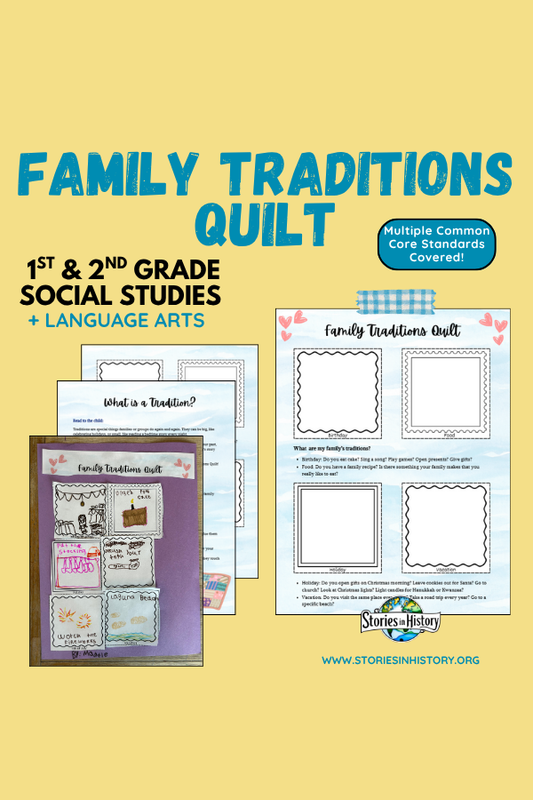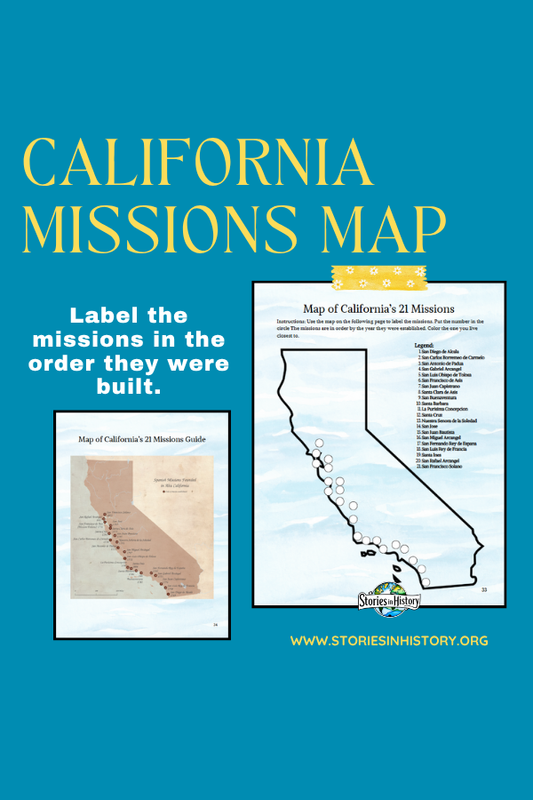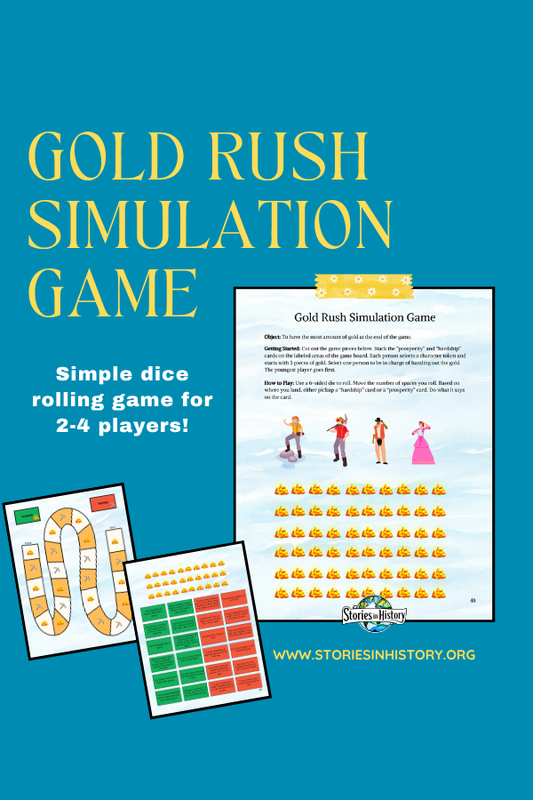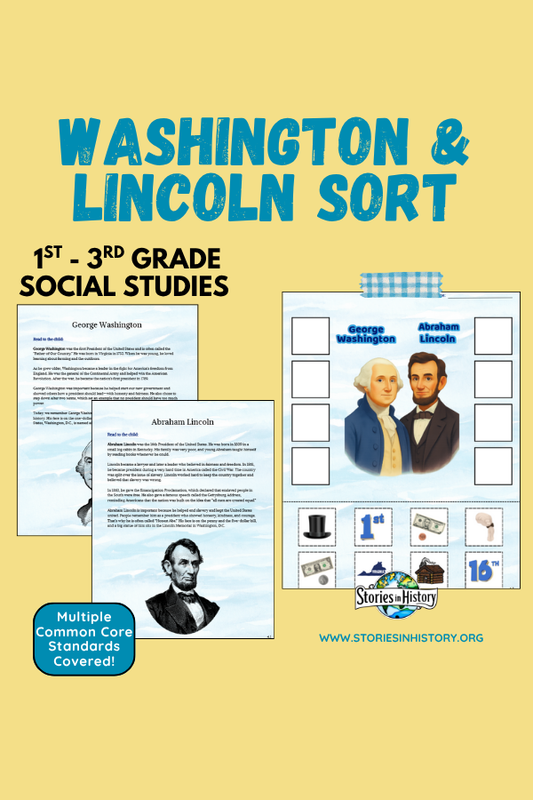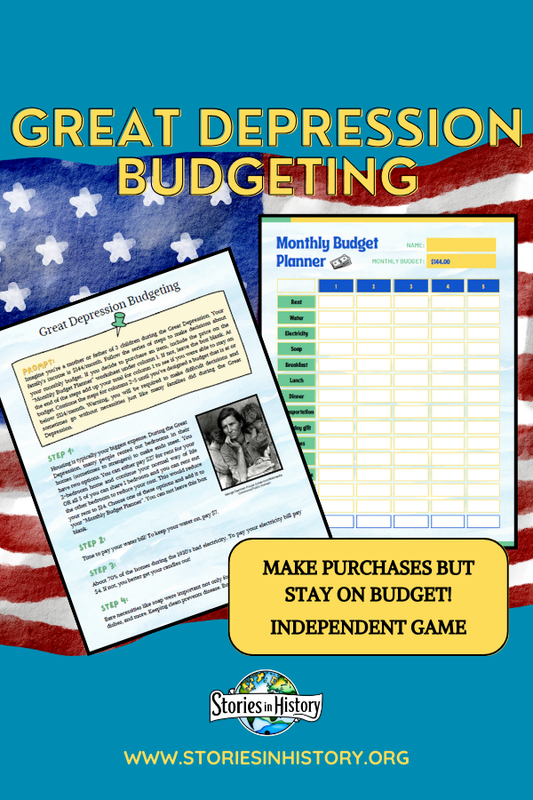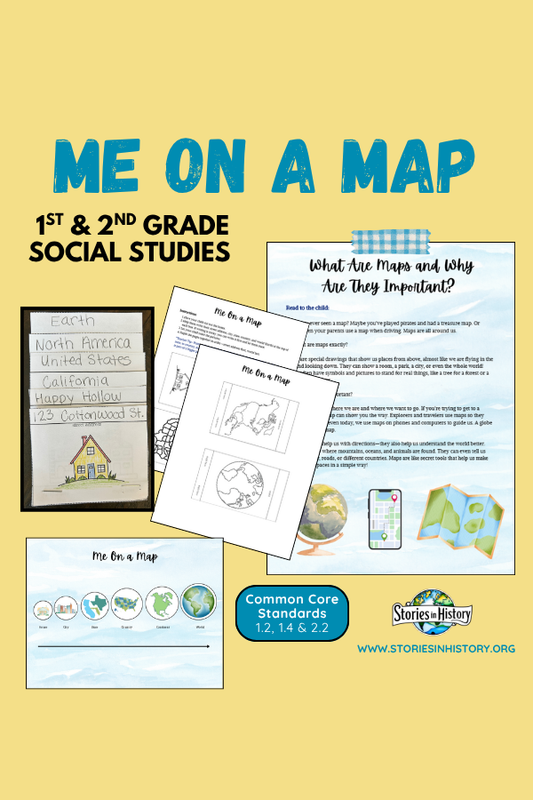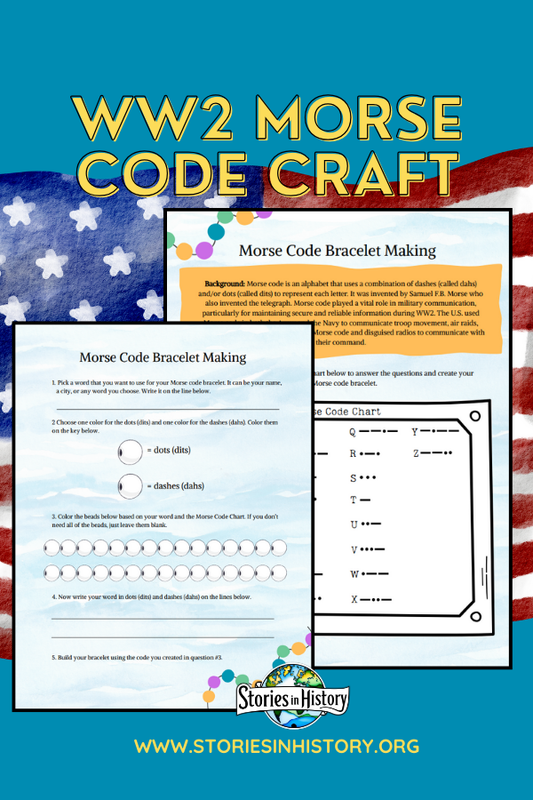A Day in the Life of Our Homeschool Family
Share
When I first considered homeschooling, I remember wondering: What does a typical homeschool day even look like? I imagined either hours of structured lessons (like a mini classroom at home) or no structure at all. The truth, at least for our family, falls somewhere in the middle. Our days have a rhythm, but there’s also plenty of space for flexibility, play, and life to happen.
Here’s a peek into a normal school day in our house:
Morning Routine
My kids are early risers, usually waking up around 6:00–6:30. They start their mornings with breakfast, a little downtime watching their shows on the iPad, and then getting dressed for the day. By 8:00 we’re ready to officially start “school” at the kitchen table.
8:00–8:20: Bible Time
We always begin with a short devotional and prayer journals. This is one of my favorite parts of the day because it centers our hearts before we jump into academics. It’s simple but meaningful—just 20 minutes of reading scripture, reflecting, and praying together.
8:20–9:00: Language Arts
During this block we focus on the core skills—writing, grammar, phonics, and reading. Both kids work through Daily Writing and Language Arts Practice Journals from Lakeshore Learning (a seriously underrated resource I’ll share more about soon!) along with some writing and vocabulary worksheets I’ve found on Teachers Pay Teachers.
Reading is a big part of our mornings, too. My first grader is working through short chapter books from The Good and the Beautiful—challenging, but still enjoyable. My fourth grader often dives into novels I’ve recommended from our Stories in History courses, which sparks great discussions and ties history into our language arts time. I love when subjects naturally overlap—it makes learning feel more connected and meaningful.
9:00–9:10: Break Time
We’re pretty informal about breaks. Sometimes it’s a quick snack, sometimes it’s just stepping away for a few minutes. I’ve found the key is watching my kids—if one of them starts zoning out or getting stressed, we pause. Homeschooling gives us the freedom to honor their energy levels instead of pushing through just because the clock says so.
9:10–10:00: Math
Math looks a little different for each of my kids. I typically work one-on-one with one child while the other does review work or something they can handle independently, then we switch. For my 4th grader, math usually takes the full 50 minutes to an hour. She prefers that I teach her lessons directly, though I know plenty of kids her age who thrive learning from video-based lessons. Honestly, it depends so much on personality—so my philosophy is: whatever works, go with it.
For my 1st grader, math is a shorter block—usually 20–30 minutes per lesson. Most of her work requires me to guide or teach her, but there’s about 5–10 minutes she can do on her own. I try to keep in mind her attention span and the difficulty of the material so she doesn’t get overwhelmed.
10:00–10:30: Play Break
This is another built-in break, and yes, more snacks are consumed (because somehow homeschool kids are always hungry!). Breaks usually look like free play—Legos, dolls, playdoh, gymnastics moves across the living room, or whatever they’re into that week. Of course, sometimes this time includes sibling squabbles too—just keeping it real!
10:30–11:30: Science or Social Studies
We rotate between science and social studies, so each subject gets about two days a week.
For science, we love using Generation Genius videos, Journey Homeschool Academy, and simple science experiments at home. Once a month, we meet with friends for a science day, which is always a highlight. My kids also enjoy KiwiCo science kits—they’re a fun, hands-on way to bring STEM concepts to life.
For social studies, we use my Stories in History curriculum. Whenever possible, I teach family-style so both girls learn together (which I prefer). As my 4th grader gets older, though, her standards are becoming more grade-specific, so this year I’ve been tailoring the curriculum separately. Thankfully, most of the projects in my curriculum are hands-on and can be done independently, so it hasn’t been as overwhelming as I expected.
Our Rhythm and Friday Fun Days
This is what a “typical” Monday–Thursday looks like for us, though no two days are ever exactly the same. The beauty of homeschooling is being able to go with the flow as long as we’re staying on track with our work.
Fridays are what we call Friday Fun Days—a time for all the extras. Sometimes that means a field trip, a messy science experiment, a play date, visiting grandparents, a donut date, or anything that makes learning feel like an adventure.
We also weave in gymnastics, dance, soccer, and other enrichment activities throughout the week to keep our days active, social, and fun.
Final Thoughts
If there’s one thing I’ve learned, it’s that no two homeschool families look exactly alike—and that’s the beauty of it. Some families thrive with strict schedules, others with a go-with-the-flow approach. For us, having a gentle rhythm to our day keeps us moving forward while still leaving room for real life, creativity, and fun.
If you’re considering homeschooling, don’t feel pressured to recreate our day (or anyone else’s). Take what works, leave what doesn’t, and trust that you’ll find your own groove. Some days run smoothly, some days get messy—but in the end, I wouldn’t trade this time with my kids for anything.
Homeschooling lets me watch them learn, grow, and explore the world right beside me—and for our family, that’s been the biggest gift.


